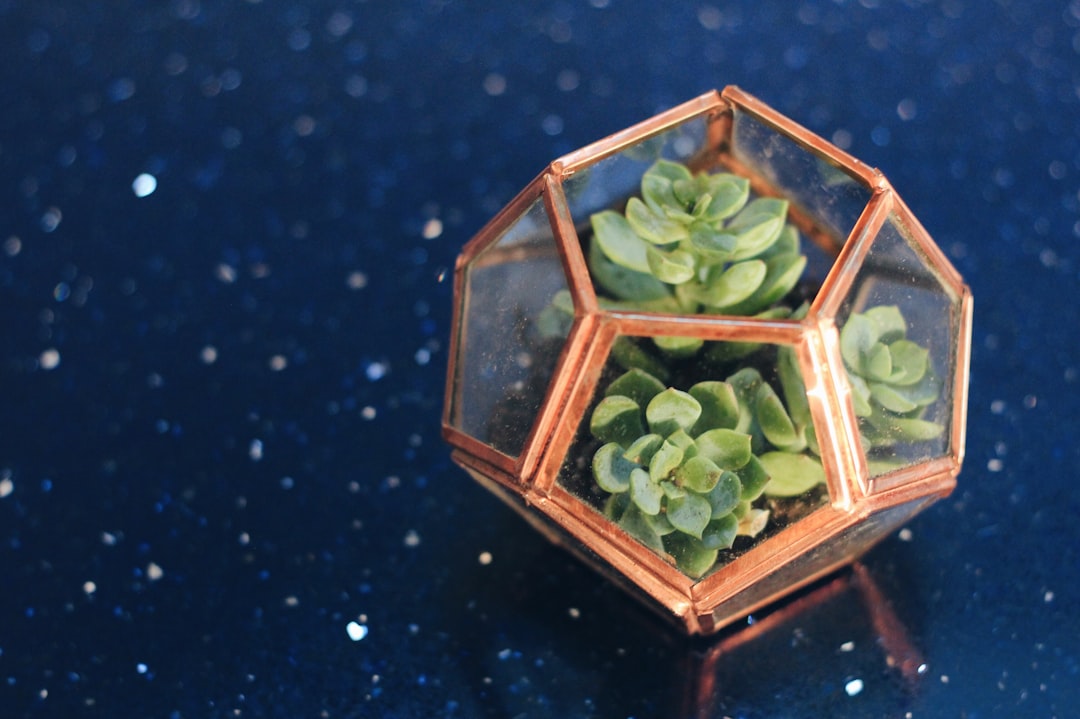Watering a terrarium may seem simple, but striking the perfect balance is key to keeping your miniature ecosystem healthy. Too much water can lead to root rot, mold, and fungus, while too little can cause plants to dry out. Understanding how to maintain the right moisture level is essential for long-term success. In this guide, we'll explore how to water your terrarium correctly while avoiding common mistakes.
1. Understanding the Water Needs of Different Terrariums
Closed Terrariums (High Humidity, Minimal Watering Needed)
A closed terrarium creates a self-sustaining water cycle where moisture evaporates and condenses inside the glass, keeping the soil damp. Overwatering can quickly lead to mold and decay.
-
Water sparingly, usually every 3-4 weeks or only when the soil appears dry.
-
Use a spray bottle or pipette to lightly mist the soil rather than soaking it.
-
Watch for excess condensation on the glass—if it remains foggy for days, open the lid to let moisture escape.
Open Terrariums (Low Humidity, More Frequent Watering)
Open terrariums dry out faster due to better airflow, making them ideal for succulents, cacti, and air plants.
-
Water sparingly, about once every 1-2 weeks, depending on humidity levels.
-
For succulents and cacti, use a dropper or small watering can to direct water to the soil, avoiding the leaves.
-
Allow soil to fully dry out between waterings to prevent root rot.
2. Signs of Overwatering and Underwatering
Overwatering Symptoms
-
Yellowing or mushy leaves
-
Mold or fungus on the soil surface
-
A foul, musty smell
-
Constant condensation on the glass
-
Soil feels soggy rather than damp
✅ Fix: Remove excess water, open the terrarium to dry out, and trim any rotting roots.
Underwatering Symptoms
-
Wilting or shriveled leaves
-
Dry, brittle soil
-
Moss turning brown instead of vibrant green
✅ Fix: Lightly mist or water the soil, but avoid flooding it suddenly.
3. Best Practices for Watering Your Terrarium
Use the Right Amount of Water
-
For closed terrariums, a few sprays of water are usually enough.
-
For open terrariums, add small amounts of water near the roots, not the leaves.
-
Use a pipette or spray bottle to control the amount of moisture.
Choose the Best Watering Method
-
Misting: Best for mosses and ferns in closed terrariums.
-
Drip Watering: Ideal for succulents, avoiding excess moisture.
-
Bottom Watering: Letting soil absorb moisture from below prevents overwatering.
Monitor Your Plants Regularly
-
Check the soil by touching it—moist but not wet is ideal.
-
Observe plant health and adjust watering as needed.
-
If mold appears, remove affected parts and reduce watering.
4. Final Tips for Proper Terrarium Moisture Control
✅ Use well-draining soil to prevent excess water retention.
✅ Keep an eye on condensation in closed terrariums as a moisture indicator.
✅ Adjust for seasonal changes—plants need less water in winter and more in summer.
✅ When in doubt, water less—overwatering is the leading cause of terrarium failure.
Master the Art of Terrarium Watering!
By carefully monitoring moisture levels and watering with precision, you can keep your terrarium thriving for years. Whether you have a lush tropical setup or a desert-themed succulent display, maintaining the right hydration balance will ensure a beautiful and low-maintenance miniature garden.

Comments
No comments yet. Be the first to comment!
You must be logged in to comment. Login